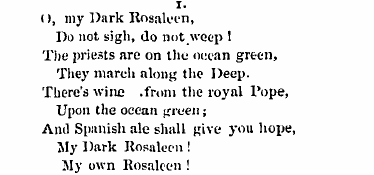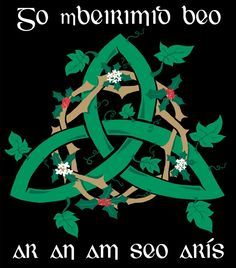What do you think?
Rate this book


336 pages, Paperback
First published May 4, 2015




"Run them and feed them," she said.
"That's all you have to do with boys."
"And what do you do with girls?" said Hanna.
"Drown them at birth."

"You can't have Christmas without Brussels Sprouts."

